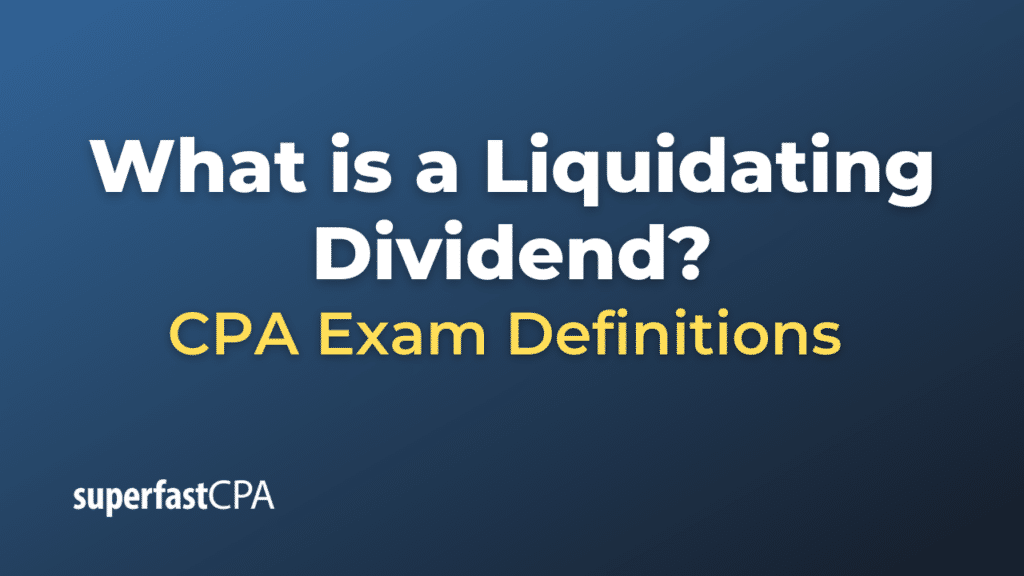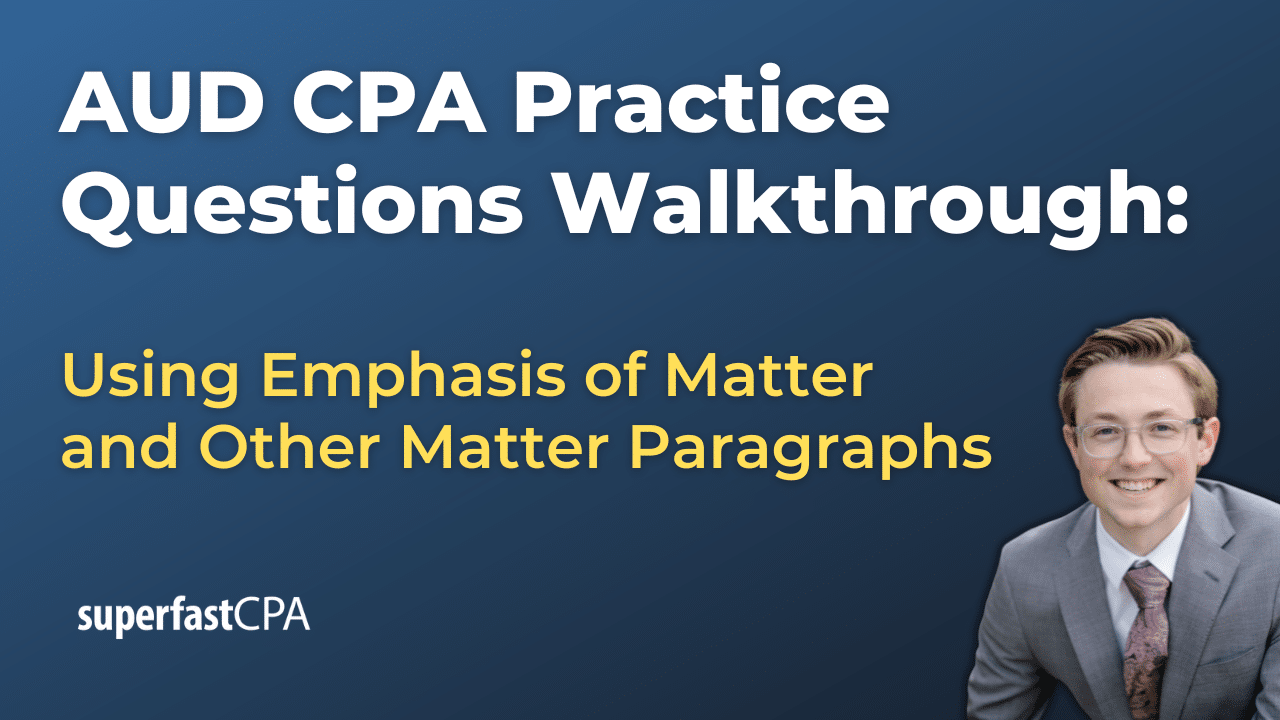Liquidating Dividend
A liquidating dividend, also known as a liquidation distribution, is a type of payment made by a corporation to its shareholders during its partial or complete liquidation. Liquidation typically occurs when a company is going out of business, selling a significant part of its business, or has excess capital that it wants to return to shareholders.
In a liquidation process, a company’s assets are sold, and the proceeds are used to pay off any outstanding debts. Any remaining funds are then distributed to shareholders as liquidating dividends. This is usually the last step in the winding down process of a company, once all liabilities have been satisfied.
It’s important to note that liquidating dividends are not paid out of the company’s earnings or profits. Instead, they represent a return of capital to shareholders, essentially a return of a part of the original investment. Consequently, the tax treatment of liquidating dividends may be different from regular dividends, which are typically taxed as income.
For example, if an investor originally paid $10 per share for stock in a company that is now liquidating, and they receive a liquidating dividend of $12 per share, they would typically only owe capital gains tax on the $2 per share gain, rather than the full $12 received. The exact tax treatment can vary, so shareholders should consult with a tax professional.
Example of a Liquidating Dividend
Imagine there’s a company called XYZ Corp. that has decided to cease operations and liquidate its assets. XYZ Corp. has 100,000 shares outstanding.
XYZ Corp. sells off its assets for a total of $2,000,000. After paying off all its liabilities, which amount to $500,000, it’s left with $1,500,000. This remaining amount will be distributed to the shareholders as a liquidating dividend.
So, each share would receive a liquidating dividend of $15 ($1,500,000 / 100,000 shares). If a shareholder owns 1,000 shares of XYZ Corp., they would receive a total of $15,000 as a liquidating dividend.
Keep in mind that the tax implications of this liquidating dividend would likely depend on the original cost basis of the shares. For example, if the shareholder originally paid $10,000 for the 1,000 shares (a cost basis of $10 per share), they might only owe taxes on the $5,000 gain, rather than the full $15,000 received. However, tax laws can be complex and vary by jurisdiction, so shareholders should consult with a tax professional.














